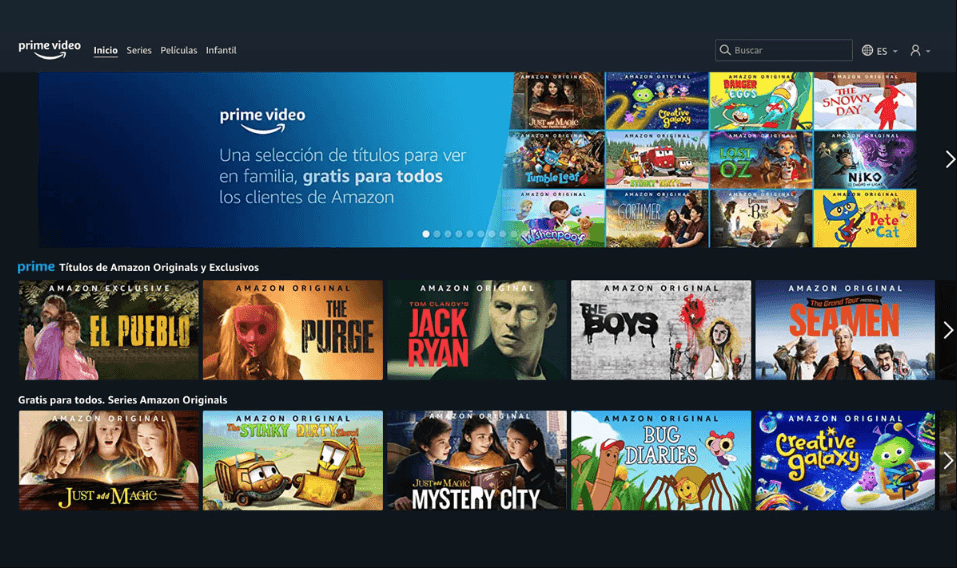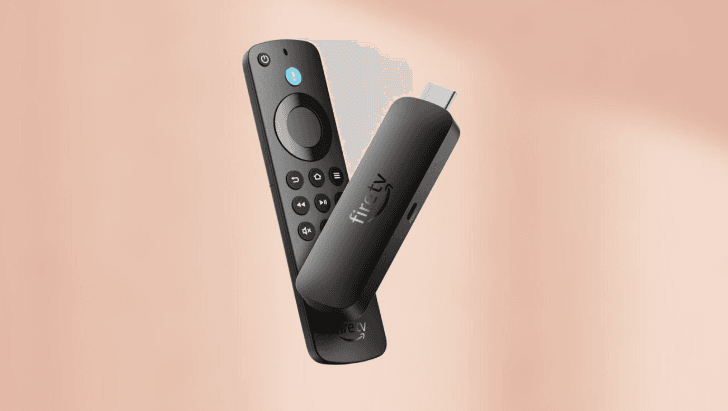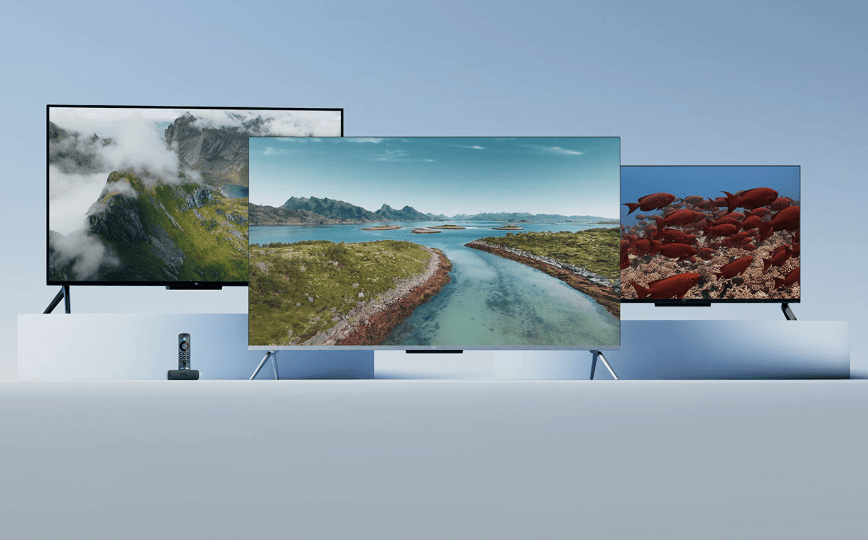
Amazon has announced a major revamp of its Fire TV ecosystem, swapping out the Android TV-powered Fire OS platform for a new piece of software known as “Vega OS”. To mark its launch, the company is rolling out a very affordable new streaming dongle, called the Fire TV 4K Select.
Vega OS is a big deal for Amazon, which has been looking to drop its reliance on the Android TV platform and Google’s ecosystem for a while, and the new devices announced today are expected to be the first Fire TV devices to run its new software flavour. Amazon’s ultimate intention is to run all of its Fire TVs and Amazon Echo devices on the Vega OS platform, which is said to be “highly responsive” and have a “super-efficient footprint”, enabling a slick and smooth navigational experience for users.
While users will appreciate a smooth interface that makes it simple to find things to watch, the big question has to do with app compatibility. Existing Fire TV devices can access Google’s vast ecosystem of hundreds of applications from the Google Play Store. There’s no hope that Amazon’s Vega OS, which is based on Linux, will be able to match this anytime soon, but the company has worked extensively to ensure it has a number of launch partners on board, including many of the biggest video streaming services.
At launch, the Vega OS-powered device supports Netflix, YouTube, Amazon Prime Video (naturally), Peacock, DirecTV, Fubo, Sling TV, Hulu, ESPN, Tubi, Paramount+, Disney+, Plex, Starz, HBO Max, BBC iPlayer and Apple TV, as well as the Xbox Live and Amazon Luna video game streaming services. That’s not a bad starting lineup. Clearly, when creating a brand new operating system, it helps if you happen to be one of the world’s most valuable and instantly recognizable companies.

The new Vega OS naturally also supports Amazon’s Alex+ artificial intelligence assistant, and at its presentation of the new devices it showed how someone might ask for the latest statistics while watching a baseball game. It’ll respond by putting the relevant stats on-screen, and also give the user the option to jump to earlier highlights.
Alternatively, someone watching a movie can ask Alexa+ about a specific scene, and it will jump directly to that moment. Amazon said it has indexed tens of thousands of famous scenes from thousands of movies, and plans to do the same for popular TV shows next. Users can also ask for information about actors and actresses, or for recommendations, based on more nuanced concepts than before.
The Fire TV 4K Select (pictured below), which is a low cost streaming device that’s said by Amazon to be “the fastest 4K stick under $40”, and there’s definitely some truth to that statement, for it’s priced at $39.99. We assume the claim that it’s the fastest is due to it being powered by Vega OS, but we’ll reserve judgement until we see for ourselves. Like all streaming dongles, the Fire TV 4K Select can be plugged into any non-smart TV to make it streaming capable.

Besides the new stick, Amazon also revealed some new Fire TVs, but we should note that they don't have the new Vega OS, but rather the old Android-powered version. These are headed up by the Amazon Omni QLED TV, which is available in 50-, 55-, 65- and 75-inch sizes, with prices starting at $479 for the smallest model. Amazon said that this model is its new “flagship” Fire TV, and so we assume it has stolen that crown from the existing Amazon Fire TV Omni Mini-LED model, despite having what seems to be an inferior, non-Mini-LED display.
One advantage the Amazon Omni QLED TV has over the company’s Mini-LED model is that it’s powered by a faster chipset. According to Amazon, it’s 40% faster, and combines with the new Vega OS to enable a super-smooth experience. The new TV is also 60% brighter than older QLED Fire TV sets, with almost double the number of local dimming zones, ensuring better contrast. However, we’re not convinced this makes its overall picture quality better than the Mini-LED Fire TV model.
On the other hand, the Amazon Omni QLED TV does support Dolby Vision and HDR10+ Adaptive, and has an AI-powered engine inside that automatically optimises the picture based on the ambient lighting in the room. Amazon’s Dialogue Boost tech is also present, helping to enhance the clarity of conversations. There’s no mention of 120Hz 4K gaming support, however.

One final feature worth mentioning is Amazon’s Omnisense technology, which allows the TV to come to life automatically when it detects that someone has entered the room. It also switches itself off when that person leaves the room.
There’s a couple of cheaper Fire TV models too. The 4-Series Fire TVs are regular LCD models with 4K resolution and come in 43-, 50- and 55-inch sizes, with prices starting at $329. Meanwhile, the 2-Series models are smaller 32- and 40-inch sets, capped at HD resolution. Prices for these start at just $159.
Both the 4-Series and the 2-Series Fire TVs come with Amazon’s newer chipset, Omniverse technology and are apparently “built for Alexa+”.
The new TVs and streaming stick can be pre-ordered on Amazon.com from today (shipping next month) and they’ll soon be joined by yet more Fire TVs from brands like Hisense and Panasonic in the coming weeks.